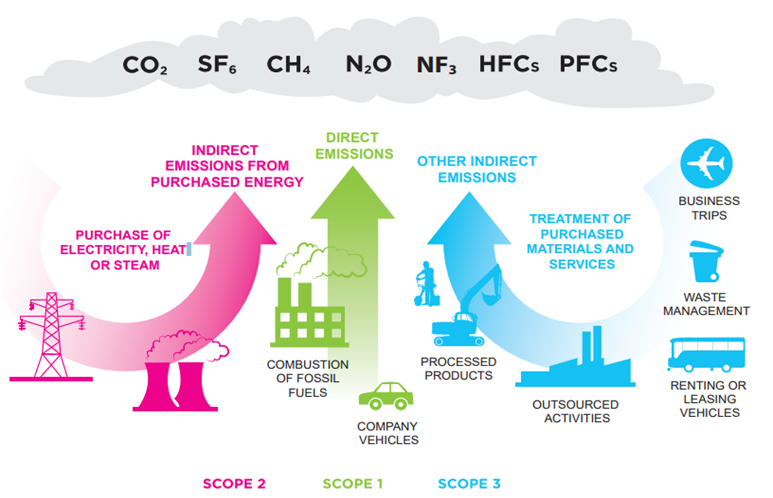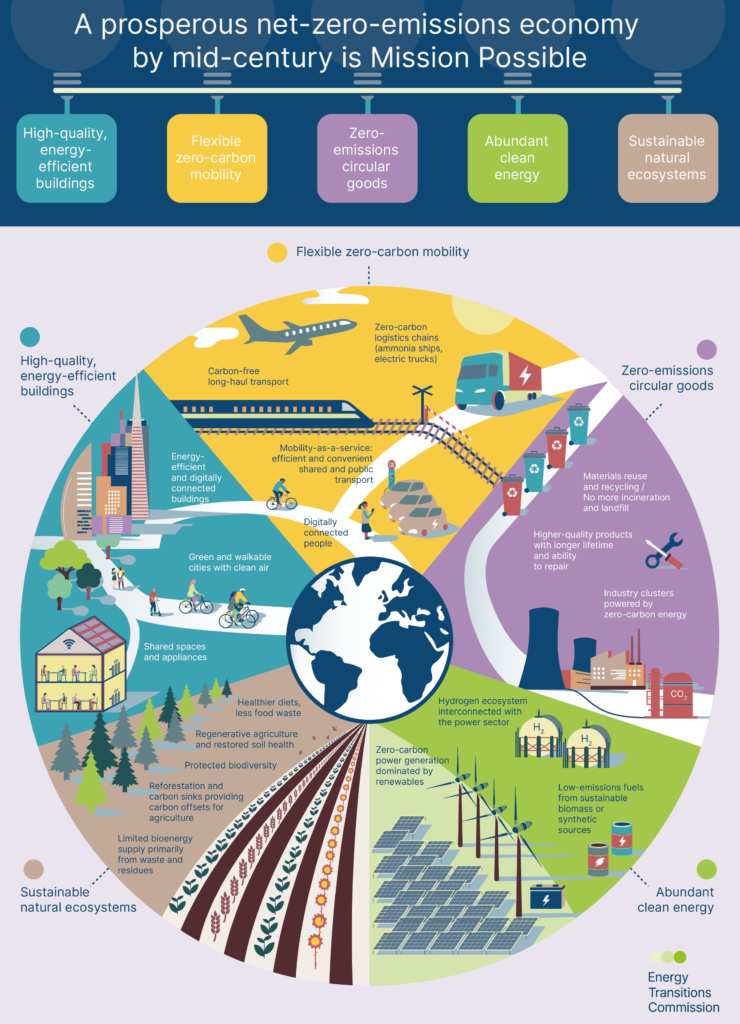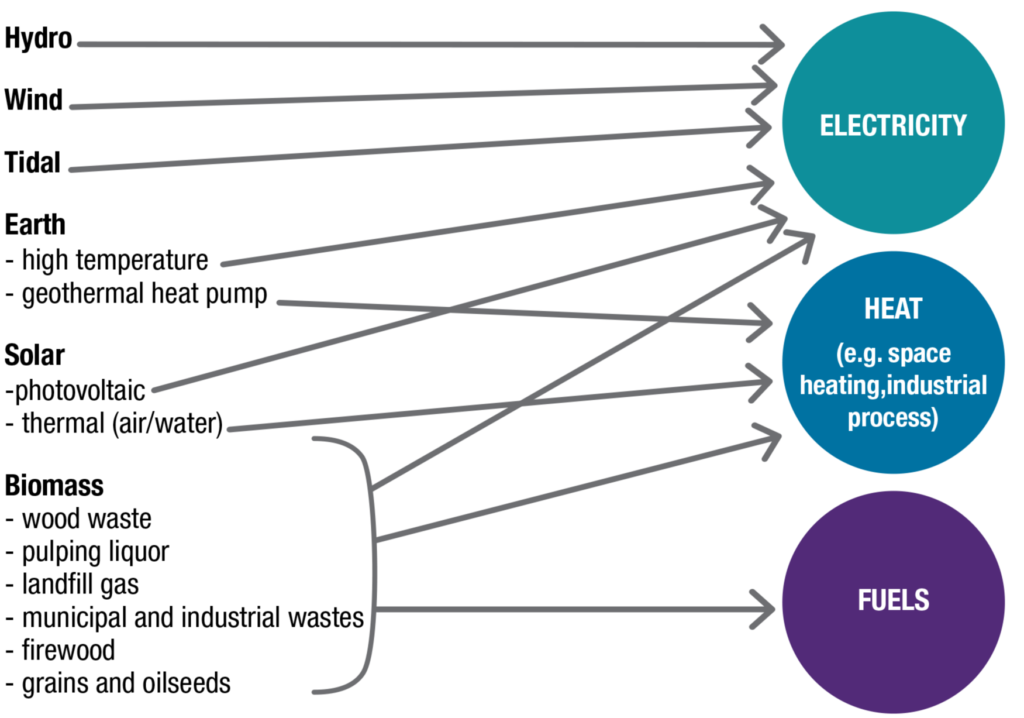Please welcome Ania Pitula, a devoted staff member of Sustainability Leadership, who is our guest blogger for this month’s post on Converting to a Carbon Neutral World.
Greenhouse gas emissions (GHG’s) are one of the leading causes of global climate change. Through human activity such as burning fossil fuels, harmful gases are released into the atmosphere, warming the planet and creating disastrous effects for all forms of life.
Carbon Dioxide (CO2) is the most globally prominent greenhouse gas, but there are several others such as Methane (CH4) and Nitrous Oxide (NO2), which also need to be evaluated in order to understand the full impact of greenhouse gas emissions.
To account for all these variants, target-setting institutions and countries quantify total GHG emissions by a standard metric of ‘carbon dioxide equivalents (CO2eq). This method simply sums together all warming effects of various gases to provide a single measure of total greenhouse gas emissions.
Carbon Neutral describes “the state of an entity (such as a company, service, product or event), where the carbon emissions caused by them have been balanced out by funding an equivalent amount of carbon savings elsewhere in the world.”
Below we’re breaking down the types of greenhouses gases emitted into our atmosphere on a daily basis. Emissions can also be divided into Scope 1, 2 and 3 levels which correlate to whether the gas is produced by a direct (Scope 1) or indirect (Scope 2 and 3) source. The diagram
below further illustrates this to help your understanding.
CO2 (Carbon Dioxide). Carbon Dioxide accumulates in the atmosphere from the burning of fossil fuels such as natural gas and coal and certain manufacturing processes such as the creation of cement.
CH4 (Methane). Methane is primarily produced through agricultural practices, such as herding livestock and the decay of organic waste.
N2O (Nitrous Oxides). Nitrous Oxide is emitted through agricultural, land use and industrial activities, combustion of fossil fuels and solid waste, as well as wastewater treatment.
SF6 (Sulfur Hexafluoride), NF3 (Nitrogen Trifluoride), HFCs (Hydroflurorcarbons), PFCs (Perfluorocarbons). These are all categorized as Fluorinated Gases, which are most commonly used as refrigerants, aerosol propellants, foam blowing agents, solvents, and fire retardants.
Tackling climate change action as a business requires redesigning the systems you may currently have in your work space. The goal is to move into a greener and cleaner mindset through first and foremost, minimizing our natural gas reliance, while generating opportunities to incorporate renewable energy to ultimately achieve net-zero emissions.
You may have heard of carbon offset programs as well. Carbon Offsets can be purchased from a verified vendor and are generated by activities that will “…compensate for greenhouse gas pollution emitted by another source,” such as planting trees to increase land-based carbon storage. However, it’s crucial to understand that achieving a net-zero future requires us to change our fundamental ways of doing things and not just compensate for the same initial actions that continue creating the problem.
Canada has joined 150 countries in achieving net-zero emissions by the year 2050. “This goal will require support and engagement from all parts of society, including provinces, territories, Indigenous Peoples, youth, and businesses” (Government of Canada). A net-zero future requires us to invest into major projects such as abundant clean energy, restoring and conserving natural ecosystems, zero-emission circular goods and regenerative resource use.
The simplest step to take towards carbon neutrality as a business is becoming aware of your biggest energy consumption culprits. Explore the areas of your physical building or work space that have the largest electricity and energy usage and learn what your options are for some eco-alternatives. Below you’ll find some examples available for both office buildings and even home offices if you’re currently in a work-from-home environment.
Office lights be converted from traditional incandescents to halogen incandescents, compact fluorescent lamps (CFLs), or light emitting diodes (LEDs). These eco-alternatives typically use 25-80% less energy than traditional bulbs and last 3-25 times longer. Setting timers to dim or turn off lights when rooms are not in use should be another priority.
You can also switch to ENERGY STAR Certified appliances such as refrigerators and air purifiers. If it’s possible to do some of your work on a tablet, you could be using 6-7 times less power than a desktop computer and monitor.
Although electricity only accounts for about 11% of Greenhouse Gas Emissions in Canada, it’s still a factor you should be considering. Once you take that first step, you can look to other sectors of your organisation like transportation which accounts for 28% of Canadian emissions. This can be directly from your employee commutes or how your supply chain may currently be operating.
If you’re ready to make both a physically and financially greater investment into carbon neutrality, the next step is designing your infrastructure to run on renewable energy. 45% of Canada’s Greenhouse Gas Emissions currently come from oil and natural gas production most often used for heating/cooling systems in buildings or residential areas.
16% of Canada’s current total energy supply is generated by renewable energy, mainly solar and wind power. Renewables have the capacity to cleanly power, heat and fuel our country. All of us will be required to make the switch over coming years. Which one will you be investing in?





